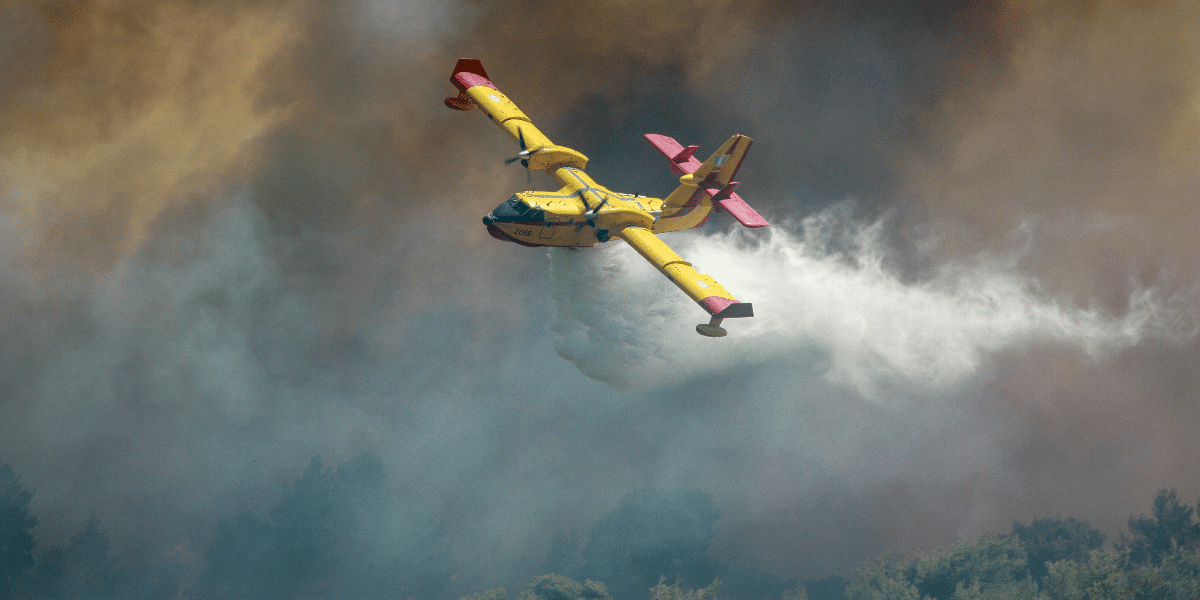How Important Are Sponsorship Deals in Extreme Sports?
Sponsorship deals have become a vital financial engine driving extreme sports. Major brands have realized the power of connecting with younger, adventure-seeking audiences who crave authenticity and thrill. This realization has opened the door to lucrative sponsorship opportunities, where companies from various sectors — from energy drinks to sportswear — align their brands with the daring athletes that represent extreme sports.
For athletes, sponsorship deals provide not just financial support but also credibility. While traditional sports like football or basketball might have set career paths with defined leagues and salaries, extreme sports often rely heavily on individual branding. Sponsors such as Red Bull, Monster Energy, and Nike are heavily invested in helping athletes grow their presence, funding everything from competitions to personal projects, like filming breathtaking stunts or participating in high-profile events like the X Games.
Sponsorship deals also contribute significantly to event funding. The cost of hosting extreme sports events can be steep, with expenses for equipment, safety measures, and venue rentals. Sponsors provide the essential funds needed to bring these events to life, with brand logos displayed prominently on banners, uniforms, and even the athletes’ gear. This partnership creates a mutually beneficial relationship where athletes, brands, and the sport itself thrive.
Is Media Coverage Fueling the Popularity of Extreme Sports?
The role of media in promoting extreme sports cannot be understated. The adrenaline-pumping, high-risk nature of these sports makes for highly engaging content that can easily go viral. From social media clips of gravity-defying tricks to full-length documentaries about extreme athletes’ journeys, extreme sports offer plenty of entertainment value. As a result, media coverage has played a critical role in propelling these sports into the mainstream.
With platforms like YouTube, Instagram, and TikTok, extreme sports athletes have more opportunities than ever to reach global audiences. This ability to connect directly with fans has revolutionized the industry, turning athletes into influencers and content creators. As their followers grow, so does their value to sponsors and event organizers, creating a cycle where visibility leads to more opportunities.
Traditional media hasn’t been left out, either. Networks like ESPN and specialized sports channels have added extreme sports to their lineups, particularly during major events like the Winter Olympics or the X Games. This increased visibility attracts new audiences who may not have previously been interested in the sports, generating more fan engagement and, in turn, more revenue.
For companies looking to tap into a young, dynamic audience, media coverage of extreme sports offers a perfect platform for targeted marketing. Advertisers are keen to get their products in front of fans who are passionate about adventure and thrill-seeking, helping to create new advertising opportunities that further boost the industry’s economic impact.
How Has Extreme Sports Tourism Grown?
Extreme sports tourism has exploded in popularity over the past decade, becoming a significant contributor to the global travel industry. Tourists are no longer satisfied with simply visiting famous landmarks or relaxing on beaches. Many are seeking adrenaline-filled experiences, from surfing massive waves in Hawaii to bungee jumping off bridges in New Zealand. This desire for adventure has created a booming niche within the travel industry, with entire destinations building their reputations around extreme sports.
Countries that are well-known for their natural landscapes have leveraged their environments to become hubs for extreme sports enthusiasts. Take, for example, Chamonix in France, a world-renowned destination for extreme skiing and snowboarding, or Queenstown in New Zealand, which markets itself as the “adventure capital” with activities like skydiving, mountain biking, and white-water rafting. These destinations cater specifically to the extreme sports traveler, offering specialized packages, expert guides, and access to top-notch equipment.
The rise of extreme sports tourism isn’t just about thrill-seeking individuals; it also benefits local economies. Hotels, restaurants, and transportation services all see an increase in business thanks to these adventurous tourists. Additionally, many small businesses have sprung up to cater to this new wave of travelers, offering everything from guided tours to gear rental. In some cases, local communities have revitalized their economies by embracing extreme sports, turning previously underdeveloped regions into global adventure hotspots.
Moreover, extreme sports events often draw large crowds of international visitors, further boosting tourism revenue. Competitions like the Ironman Triathlon or extreme mountain biking events attract spectators and participants from around the world. These events don’t just bring excitement but also generate income for local businesses, hotels, and airports, making them key contributors to the region’s economic health.
A Thriving Industry with Lasting Impact
Extreme sports have evolved from fringe activities into a thriving industry that touches many parts of the economy. Sponsorship deals, media coverage, and extreme sports tourism all contribute to a complex economic web that supports athletes, event organizers, and entire communities. As these sports continue to capture the imaginations of fans and participants worldwide, their financial impact is likely to grow even further.
This unique fusion of high-risk adventure and business opportunities has created a vibrant ecosystem that’s only gaining momentum. For those invested in the industry — whether they’re athletes, brands, or travelers — the future of extreme sports looks promising, with new opportunities and challenges on the horizon. It’s a thrilling time to be part of this world, where the love of adventure not only pushes personal limits but also drives economic growth.





